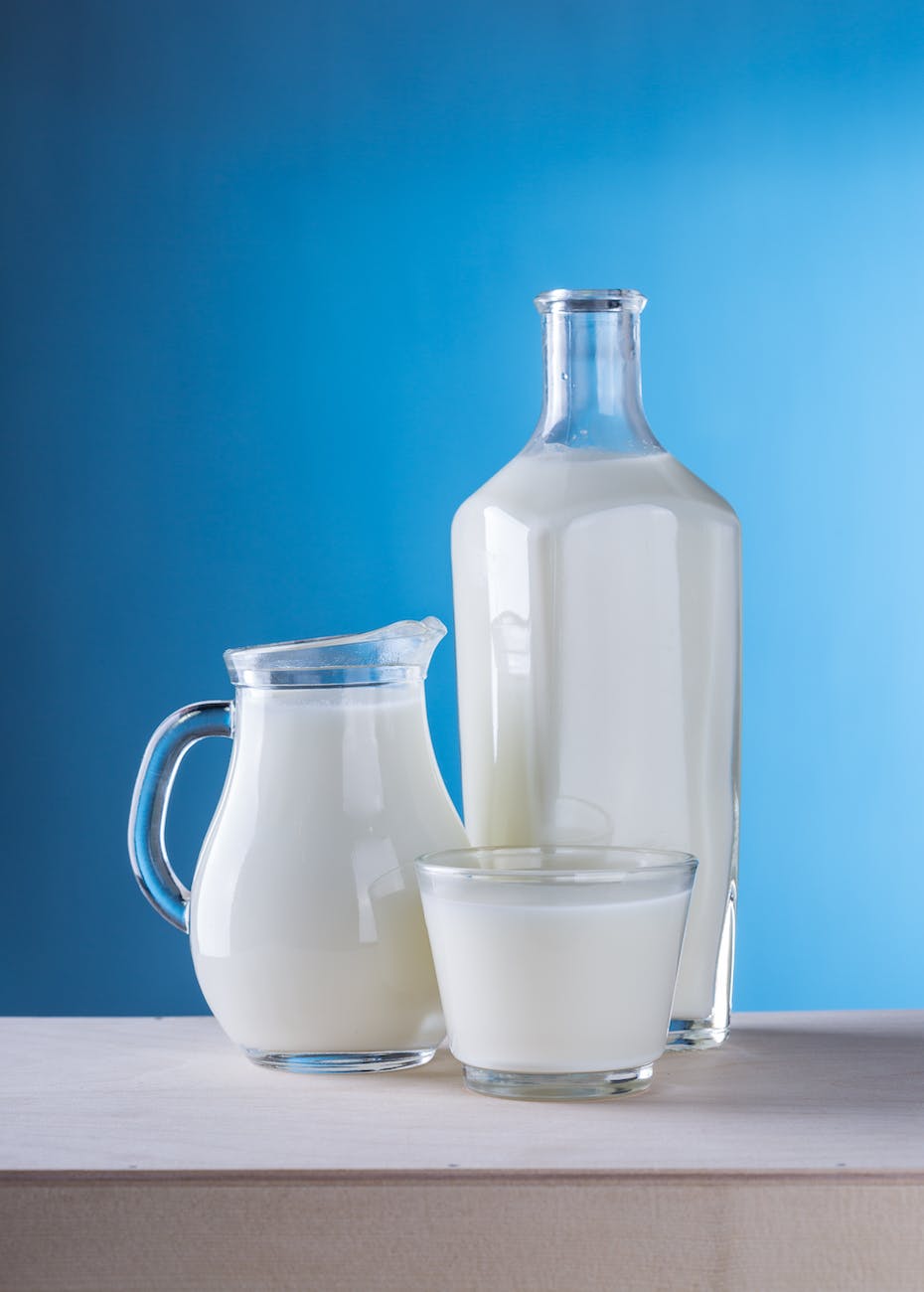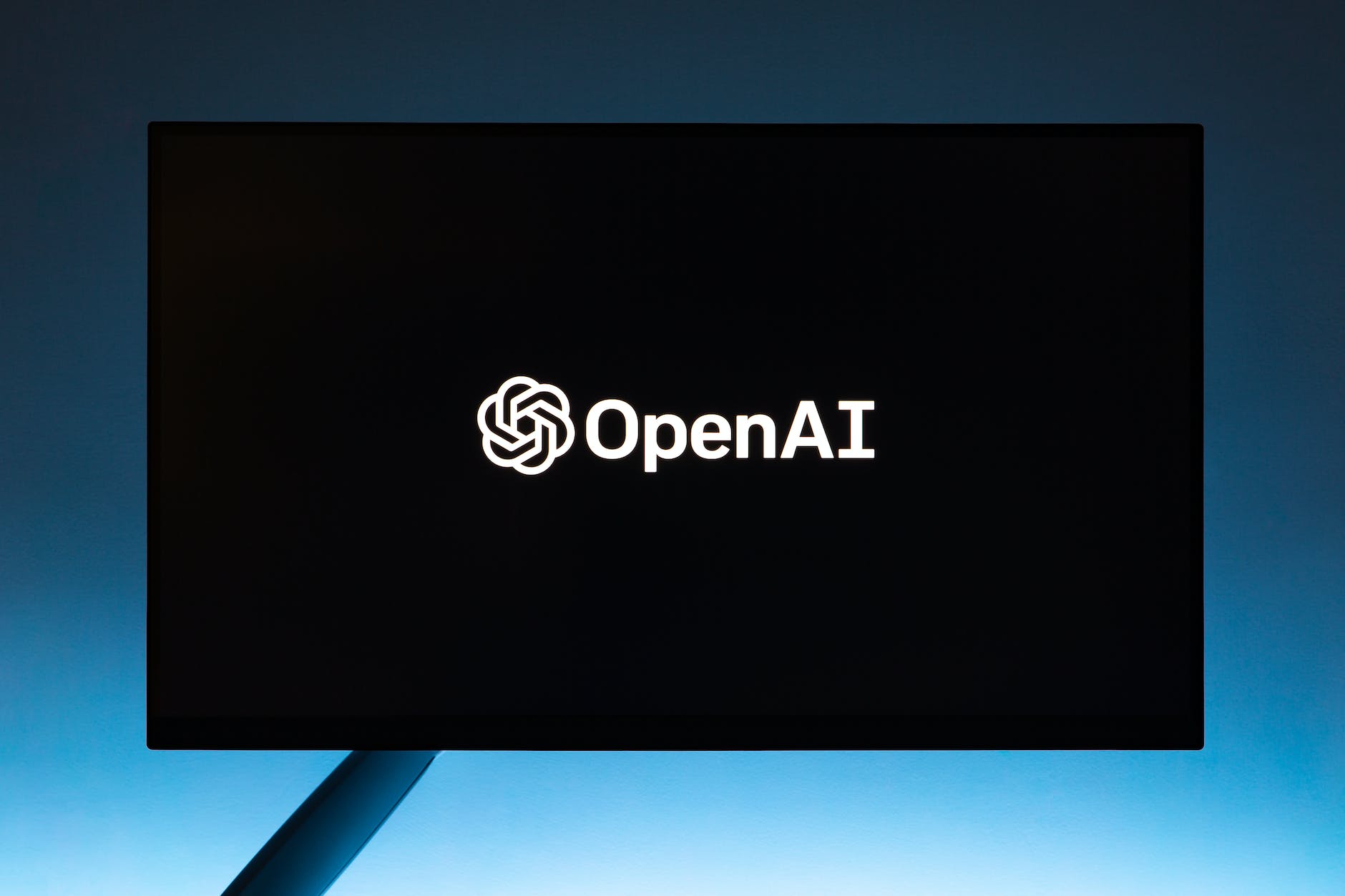
1. Introduction to Lactose Intolerance
Lactose intolerance is a prevalent digestive issue where individuals cannot fully digest lactose, the sugar found in milk and dairy products. This inability to process lactose leads to various digestive symptoms. It’s essential to differentiate lactose intolerance from other conditions like milk allergy and gluten intolerance vs. wheat allergy.
2. Symptoms of Lactose Intolerance
2.1. Digestive Disturbances
- Bloating and Gas: These symptoms arise due to the fermentation of undigested lactose in the colon.
- Diarrhea: Undigested lactose draws water into the intestines, leading to diarrhea.
- Stomach Cramps and Pain: These can vary in intensity and often occur after consuming dairy products.
2.2. Severity and Onset
The severity of symptoms can differ among individuals. While some may experience mild discomfort, others might face severe reactions. Typically, symptoms appear within a few hours after consuming dairy.
2.3. Other Symptoms
Apart from digestive symptoms, some individuals might experience fatigue, headaches, or muscle pains after consuming lactose-containing products.
3. Causes and Mechanism of Lactose Intolerance
3.1. Lactase Deficiency
The primary cause of lactose intolerance is the reduced production of lactase, an enzyme responsible for breaking down lactose in the small intestine.
3.2. Genetic Predisposition
Certain populations, such as Asian Americans, African Americans, and Native Americans, have a higher prevalence of lactose intolerance due to genetic factors.
3.3. Secondary Causes
Conditions like Crohn’s disease, celiac disease, or infections in the small intestine can lead to temporary lactose intolerance.
3.4. Age-Related Decline
Lactase production typically decreases with age, making older adults more susceptible to lactose intolerance.
4. Diagnosis and Testing for Lactose Intolerance
4.1. Medical History and Symptoms
Doctors often start by reviewing the patient’s medical history and the symptoms they experience after consuming dairy products. This initial assessment can provide clues about the presence of lactose intolerance.
4.2. Hydrogen Breath Test
This is the most common test for lactose intolerance. After consuming a lactose-rich drink, the patient’s breath is analyzed at regular intervals to measure the amount of hydrogen. Higher levels of hydrogen indicate undigested lactose in the colon.
4.3. Lactose Tolerance Test
In this test, the patient’s blood sugar level is measured before and after consuming a lactose-rich drink. If the lactose is properly digested, blood sugar levels will rise; if not, the levels will remain relatively unchanged.
4.4. Stool Acidity Test
This test is primarily used for infants and children who cannot undergo other tests. Undigested lactose can lead to lactic acid in the stool, which can be measured.
5. Management and Treatment of Lactose Intolerance
5.1. Dietary Adjustments
- Limiting Dairy Intake: Reducing the consumption of dairy products can alleviate symptoms.
- Lactose-Free Products: Many lactose-free alternatives are available in the market, including lactose-free milk and cheese.
- Calcium and Vitamin D: Since dairy is a primary source of calcium and vitamin D, those with lactose intolerance should consider other sources or supplements.
5.2. Over-the-Counter Solutions
Lactase supplements can help digest lactose and are available in various forms, including tablets and drops.
5.3. Probiotics and Prebiotics
Certain probiotics can help improve the digestion of lactose. Similarly, prebiotics can foster the growth of beneficial gut bacteria that aid in lactose digestion.
5.4. Gradual Introduction
Some individuals can build tolerance by gradually introducing small amounts of dairy into their diet and increasing the quantity over time.
6. Lactose Intolerance vs. Other Conditions
It’s crucial to differentiate lactose intolerance from other similar conditions:
- Lactose Intolerance vs. Milk Allergy: While lactose intolerance is a digestive issue, milk allergy is an immune response to the proteins in milk.
- Lactose Intolerance vs. Gluten and Wheat Allergy: Lactose intolerance is specific to dairy, whereas gluten intolerance and wheat allergy pertain to specific grains.
7. Lactose Intolerance in Different Populations
7.1. Infants and Children
Lactose intolerance is rare in infants and young children. However, temporary lactose intolerance can occur after a stomach bug or infection. Symptoms in children can include irritability, diarrhea, and abdominal pain.
7.2. Adults
The prevalence of lactose intolerance increases with age. Some ethnic groups, such as East Asians, are more prone to develop lactose intolerance in adulthood.
7.3. Elderly
As we age, the production of lactase may decrease, leading to a higher likelihood of developing lactose intolerance. Elderly individuals might also face complications like dehydration due to diarrhea.
8. Alternative Dairy Sources for Lactose Intolerant Individuals
8.1. Almond Milk
A popular dairy alternative, almond milk is naturally lactose-free and is often fortified with vitamins and minerals.
8.2. Soy Milk
Made from soybeans, soy milk is a protein-rich alternative to cow’s milk and doesn’t contain lactose.
8.3. Oat Milk
Oat milk is gaining popularity due to its creamy texture and beneficial nutrients. It’s also lactose-free.
8.4. Coconut Milk
While it has a distinct flavor, coconut milk is a lactose-free alternative suitable for cooking and baking.
8.5. Lactose-Free Cow’s Milk
This is regular cow’s milk where the lactose has been broken down, making it digestible for lactose-intolerant individuals.
9. Myths and Misconceptions about Lactose Intolerance
9.1. Everyone with Digestive Issues is Lactose Intolerant
While lactose intolerance is common, not all digestive problems are due to it. Other conditions, like IBS or gluten intolerance, can have similar symptoms.
9.2. Lactose Intolerance Means No Dairy Ever
Many lactose-intolerant individuals can tolerate small amounts of dairy, especially aged cheeses and yogurt.
9.3. Lactose Intolerance is the Same as a Milk Allergy
As previously discussed, these are two distinct conditions with different causes and symptoms.
10. Living with Lactose Intolerance: Tips and Tricks
10.1. Reading Food Labels
Always check food labels for hidden sources of lactose such as whey, curds, milk by-products, and dry milk solids.
10.2. Experiment with Tolerance Levels
Everyone’s tolerance to lactose varies. Some people can handle a small glass of milk, while others might react to a splash in their coffee. It’s essential to understand your body and adjust your diet accordingly.
10.3. Consider Lactase Supplements
Over-the-counter lactase supplements can help digest lactose, making it easier to enjoy dairy products without discomfort.
10.4. Maintain a Balanced Diet
Even if you’re avoiding dairy, ensure you’re getting essential nutrients like calcium and vitamin D from other sources.
10.5. Consult a Nutritionist
If you’re unsure about managing your diet, consider consulting a nutritionist who can provide personalized advice and meal plans.
11. The Future of Lactose Intolerance: Research and Innovations
11.1. Genetic Testing
Advancements in genetic testing can now predict the likelihood of developing lactose intolerance, helping individuals make informed dietary choices early on.
11.2. Probiotic Therapies
Emerging research suggests that specific probiotic strains might help improve lactose digestion and reduce symptoms.
11.3. Lactose-Free Innovations
The food industry is continually innovating, with an increasing number of lactose-free products hitting the shelves, from ice creams to cheeses, catering to the lactose-intolerant community.
12. Conclusion
Lactose intolerance, while common, is manageable with the right knowledge and resources. By understanding its causes, symptoms, and available treatments, individuals can lead a comfortable and symptom-free life. For those interested in related conditions, delve deeper into milk allergies and the differences between gluten intolerance and wheat allergy.
13. FAQs on Lactose Intolerance
13.1. Is lactose intolerance the same as a dairy allergy?
No, lactose intolerance is a digestive issue where the body cannot fully digest lactose, the sugar found in milk and dairy products. On the other hand, a dairy allergy is an immune response to the proteins in milk. It’s crucial to understand the difference, as the management and symptoms can vary. For a deeper dive, you can refer to our post on milk allergies.
13.2. Can lactose intolerance develop suddenly in adulthood?
Yes, while some people are born with it, others develop lactose intolerance later in life, especially during adulthood. This is often due to a decrease in lactase enzyme production as we age.
13.3. Are there any definitive tests for lactose intolerance?
Yes, the most common tests include the Hydrogen Breath Test and the Lactose Tolerance Test. It’s essential to consult with a healthcare professional if you suspect you have lactose intolerance.
13.4. Can I still consume dairy if I’m lactose intolerant?
Many lactose-intolerant individuals can tolerate small amounts of dairy. There are also lactose-free dairy products available, and lactase supplements can help digest lactose if consumed before a dairy-containing meal.
13.5. Are there any natural remedies for lactose intolerance?
While there’s no cure for lactose intolerance, natural remedies like consuming ginger, chamomile, or peppermint tea can help soothe the digestive system. Probiotics and fermented foods can also aid in improving gut health.
14. Personal Stories: Living with Lactose Intolerance
Hearing from those who live with lactose intolerance can provide insights and tips for managing the condition. In this section, we can feature personal anecdotes and stories from individuals, shedding light on their journey, challenges, and how they’ve adapted their lifestyle. Do share your in comments.
15. Resources and Further Reading
For those looking to delve deeper into lactose intolerance, here are some recommended resources and readings:












